BUTTONS
Learn how to make buttons out of items you have at home, using plastic bottles, cardboard and salt dough!
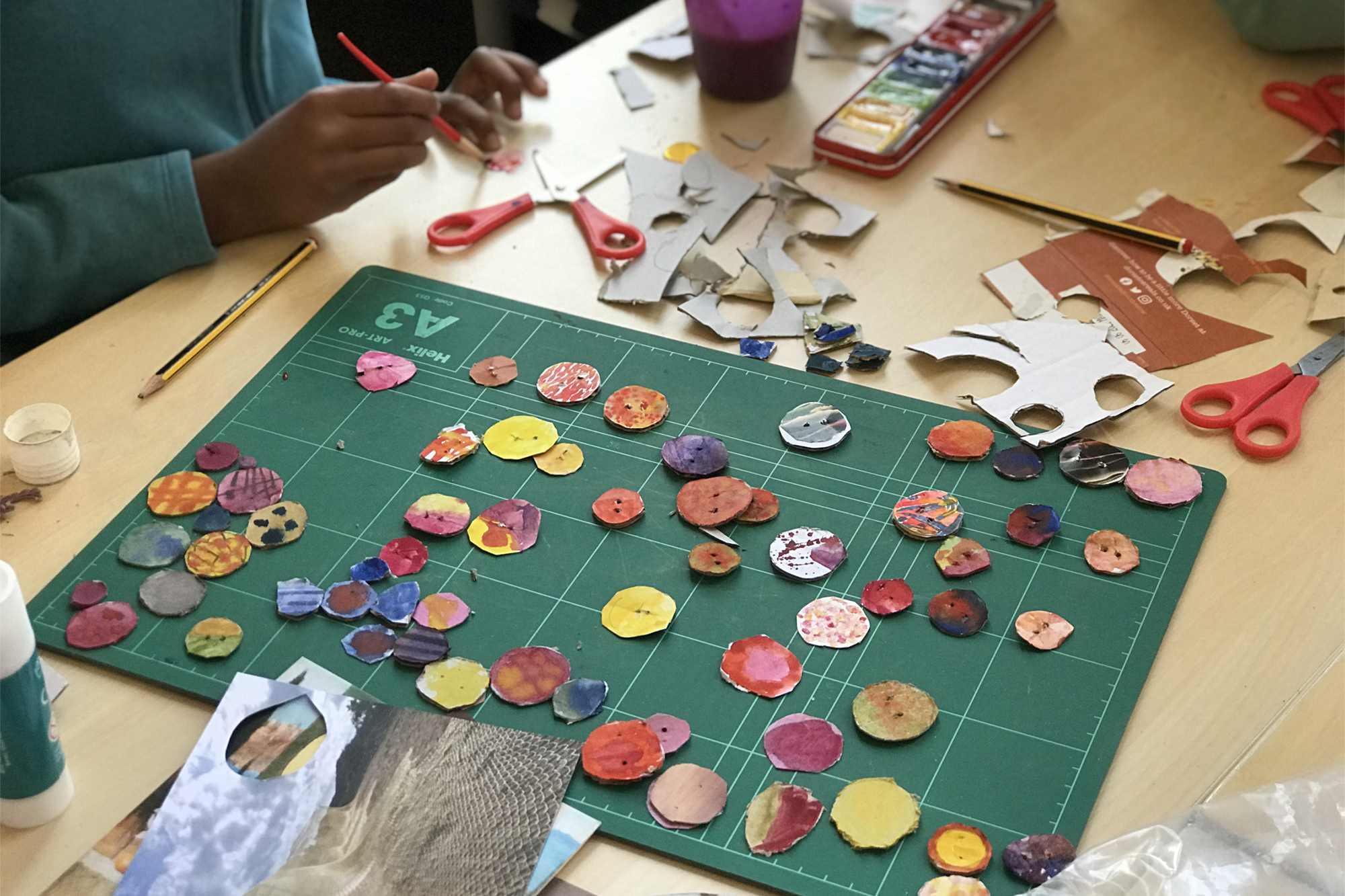
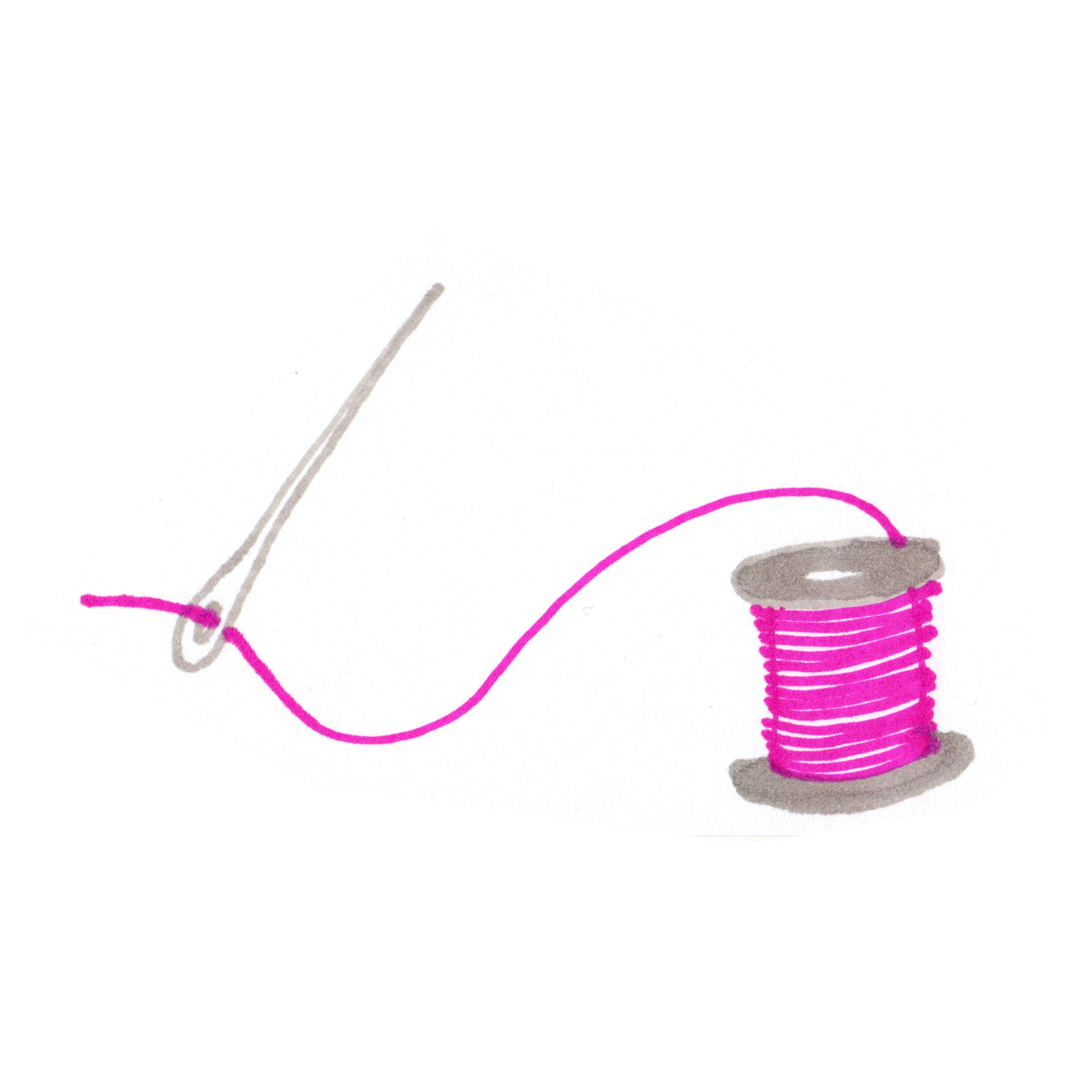

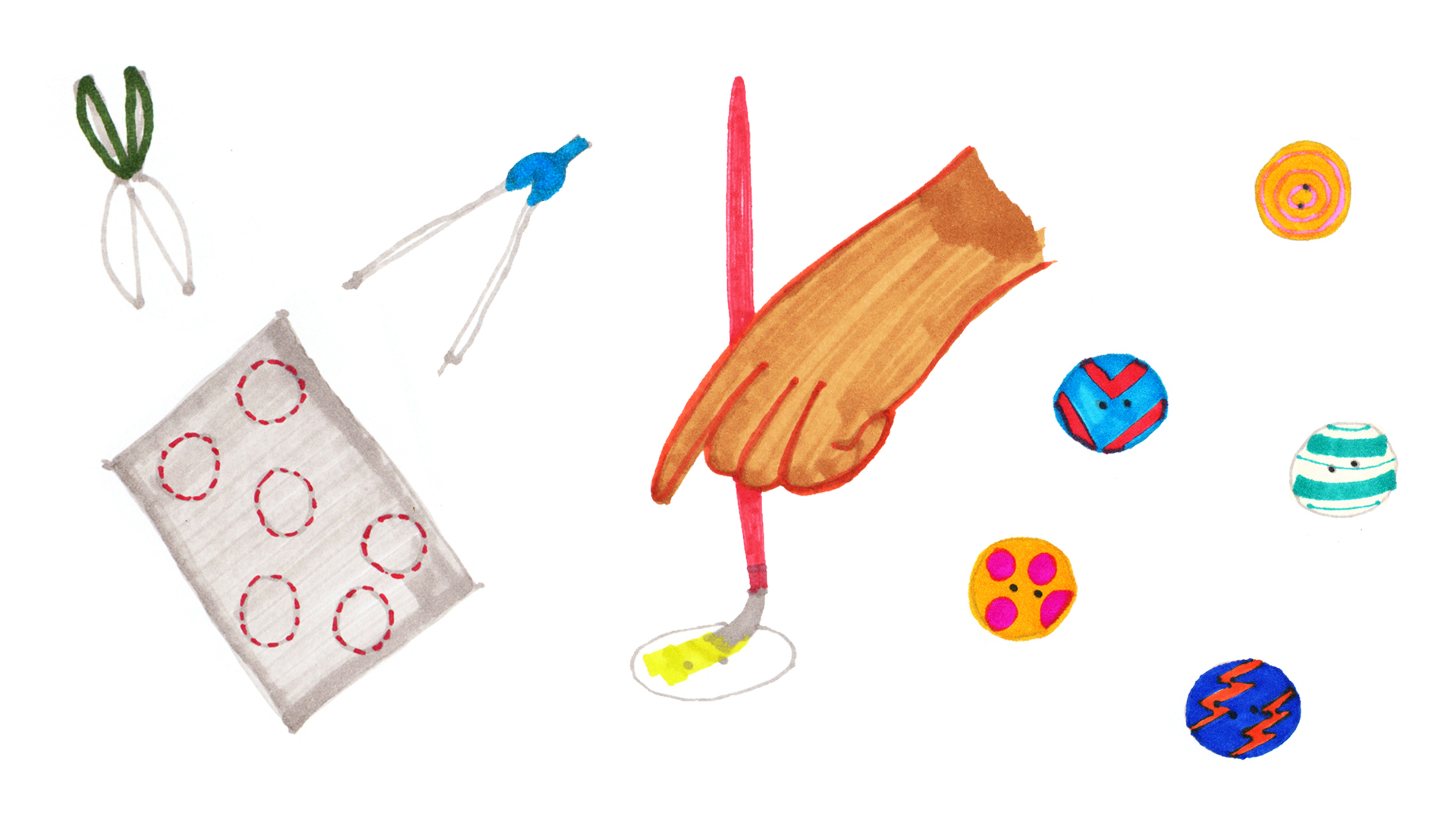
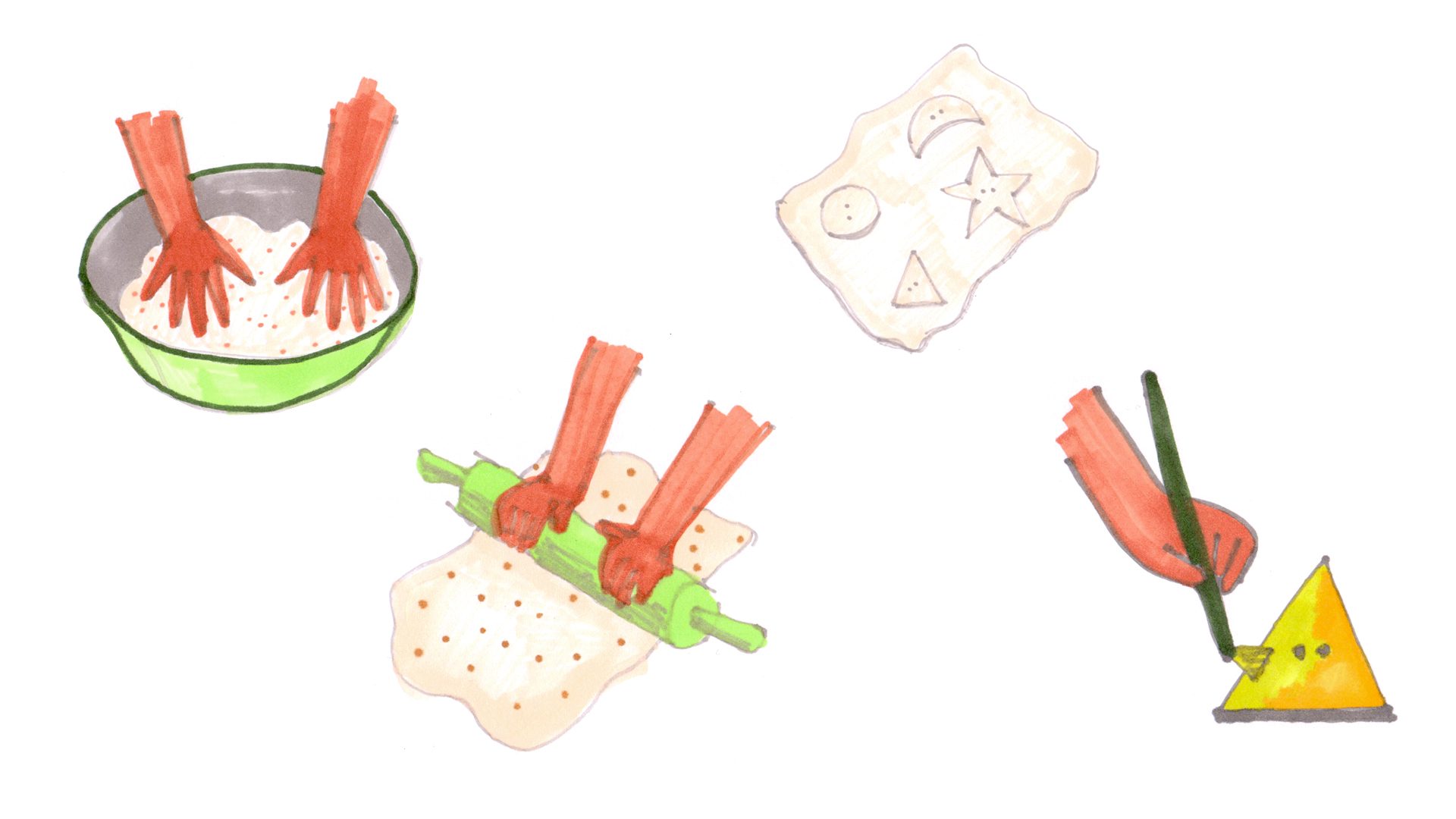
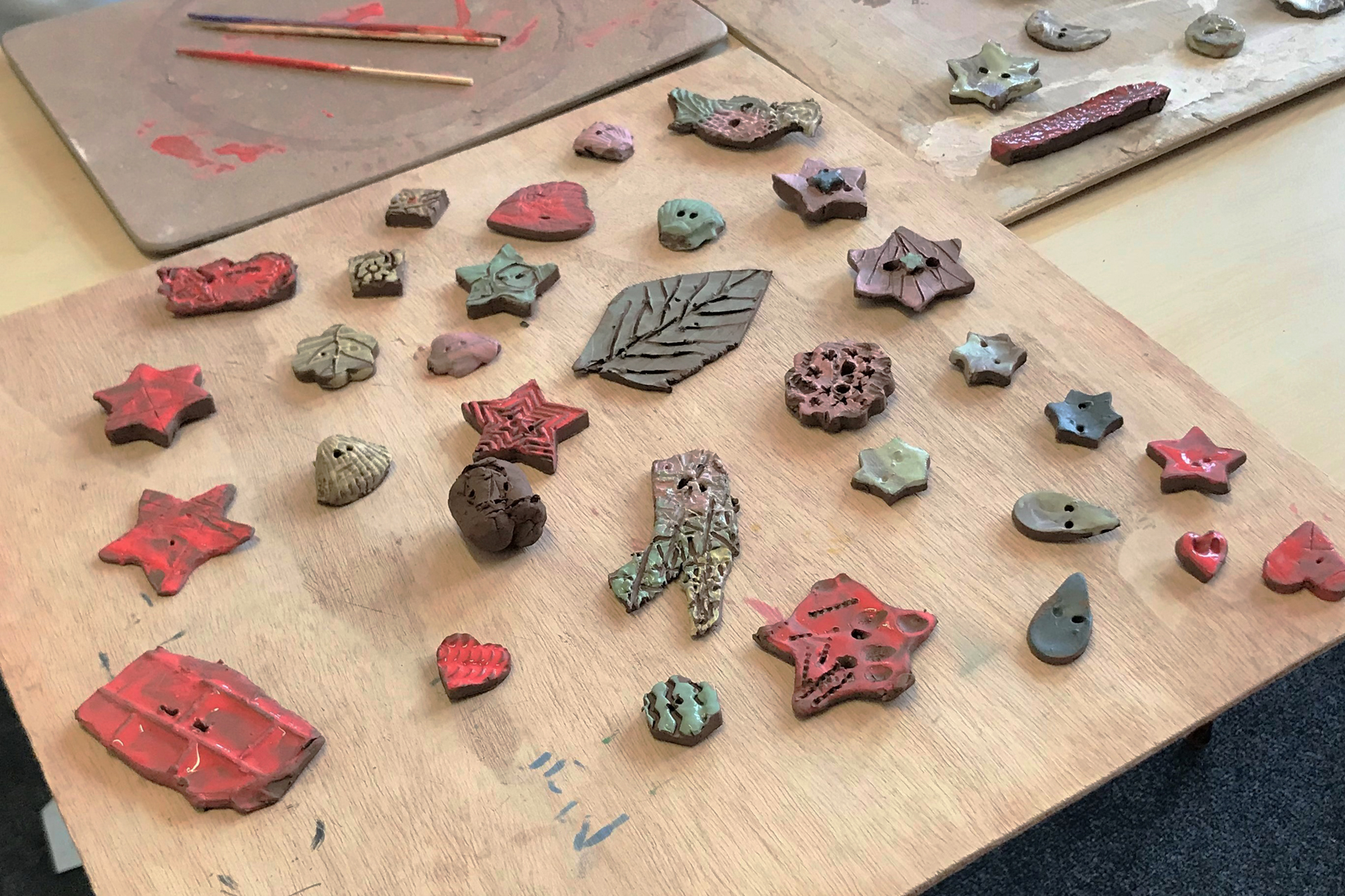
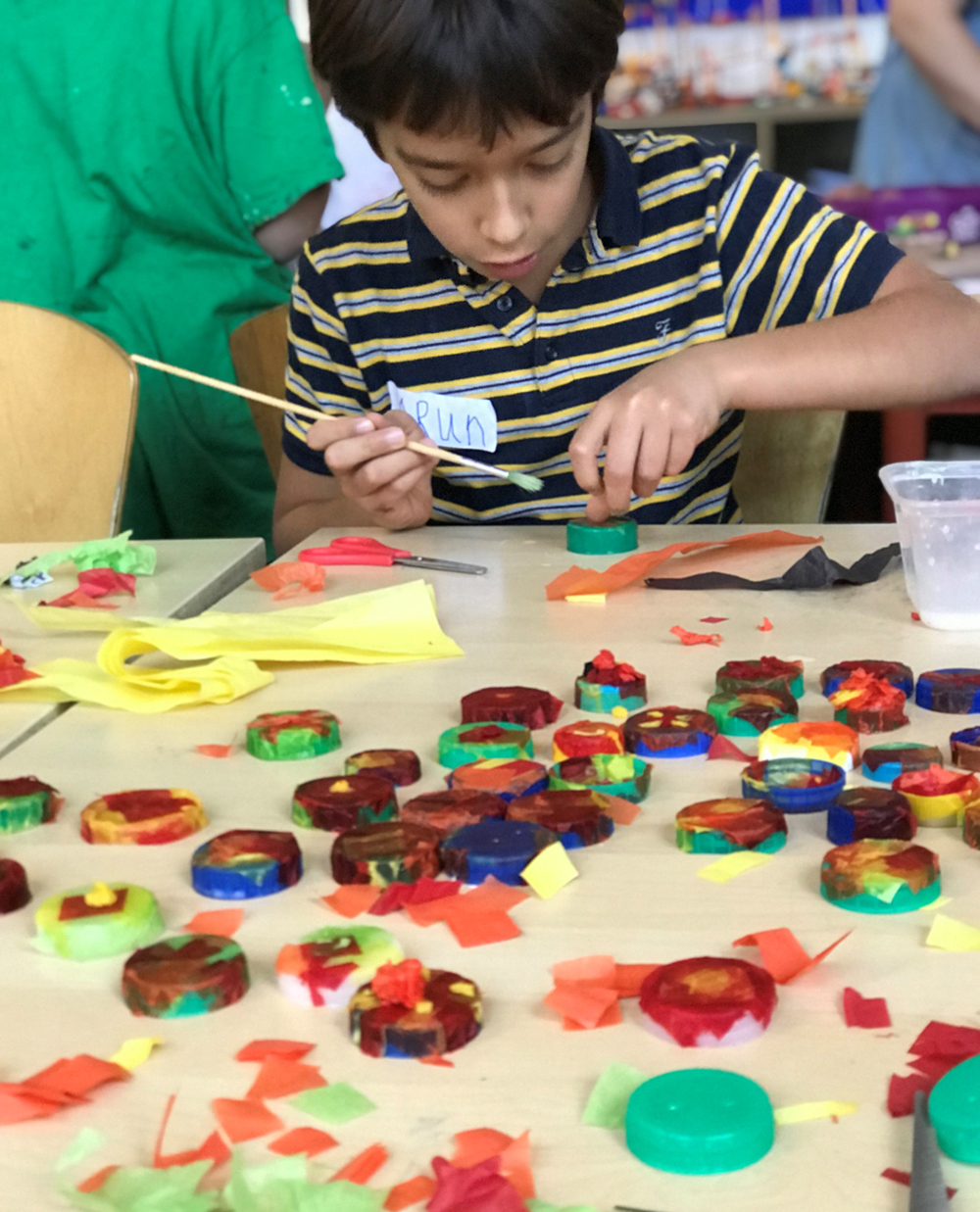
Have you made some buttons? What have you done with them? Did you sew them onto clothes or did you had a different idea? Send us a photo or any comments via our instagram, twitter or facebook using #vincentstreasures or via our email info@vangoghhouse.co.uk
Curriculum links: Art & Design, History (The Victorians, social history, local history), Science (materials, recycling).
Suitable for KS1 and KS2, with varying adult support!
Created by Lucy Hall, Livia Wang and Janet Currier, with support from Oval Learning Cluster, The National Lottery Community Fund, Van Gogh House London and children and teachers from Reay Primary School.
© Van Gogh London 2021